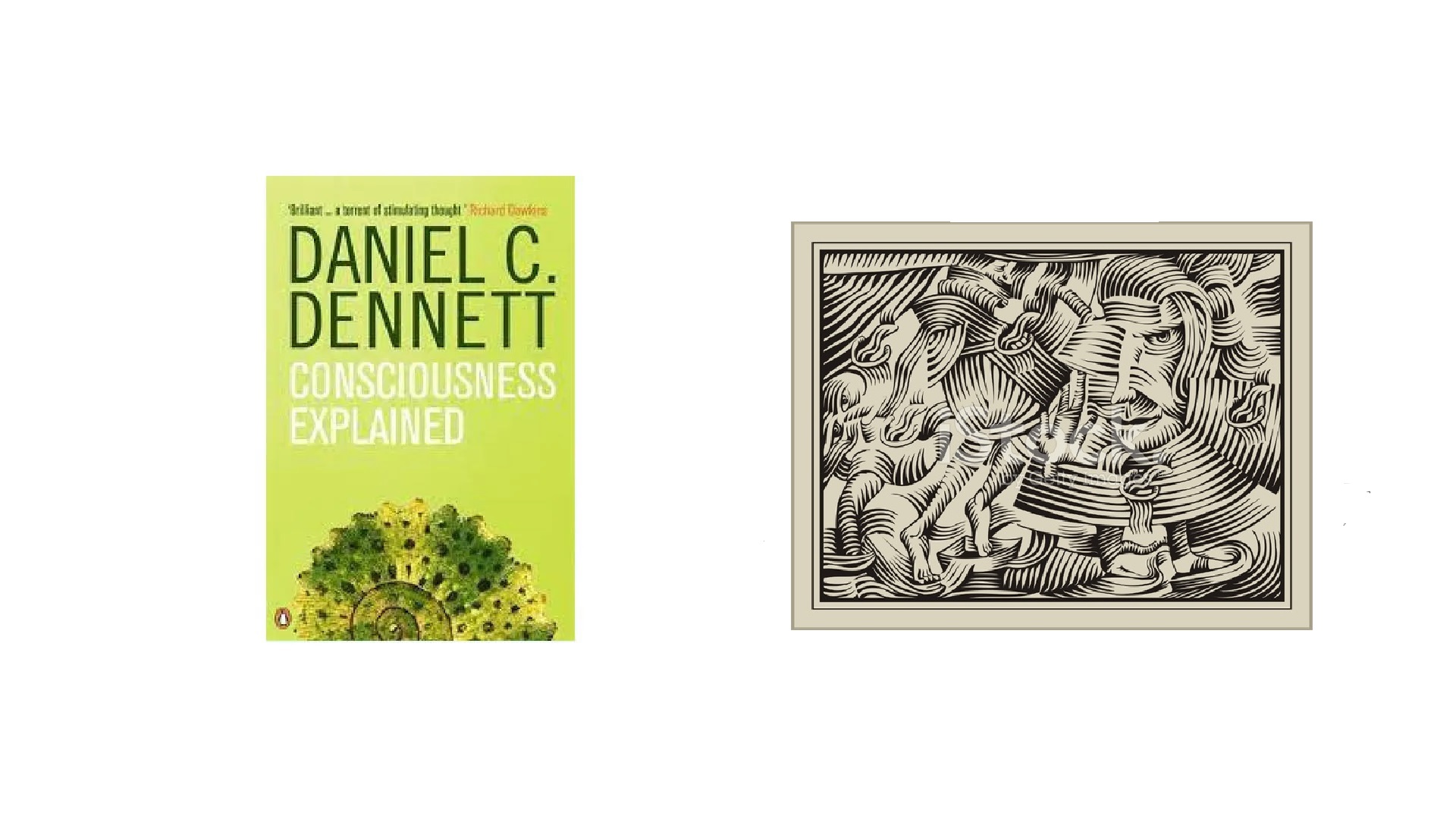The architecture of the human mind is the topic of chapter nine. The lack of a single way to understand the human mind is the first issue that Dennett discusses at the beginning of the chapter. What modules form the human mind? How hard-wired are they?
Jerry Fodor believed that the modules of the brain are kind of job titles carved on stone. He also believed that there is some central facility in the brain. However, he didn’t have a clear idea of it, nor did he believe that any scientist or philosopher had a clue about this facility. Despite Fodor’s admittance of the existence of modules or organs, they lose their importance with that ambiguous “boss”, which makes Fodor’s agent an advanced version of the Cartesian Theatre.
Marvin Minsky, on the other hand, introduced ‘agents’. They are as talented as Fodor’s, but they are different in size, shape and skilfulness, “… homunculi that come in all sizes”. Here, Dennett shows one issue with pandemonium theories like Minsky’s, where there could be times of chaos, duplicated effort or wasted efforts, and other issues. Can the agents within such a model even be called units? What’s the way to organise them if it isn’t through a boss, as Fodor suggested?
From the perspective of neuroanatomy, scientists were able to make multiple mappings of specific tasks into “columns of interacting neurons”, as Dennett explains. Where are the demons here? The neural models show us how specific networks or nerve tracts work, but not how they interact and compete, something that Marvin Minsky explains well with his agents.
Interaction between agents isn’t only essential for the function of the brain, but also for how thousands of memes, with and without language, work together to shape the brain as we know it. While this would happen in a computer like a Von Neumann machine using registers, an equivalent or similar model for working memory is required for the brain. Such a system may also be called a blackboard, where every agent can read and write shared messages. But why is such communication required? It’s mainly for conflict resolution between the demons. For this purpose, Dennett proposes different possible models for collaboration or conflict resolution between the agents or the demons, but there doesn’t need to be a central authority. One of these models is the ‘Joycean machine’ that explains the cooperation and competition among the demons in Minsky’s model.
Towards the representation of thoughts
In chapter 10, Dennett returns to refute the Cartesian Theatre, after some of the reviewed experiments might have supported its validity. Dennett presents Roger Sheppard’s rotating shapes experiment, which was designed to manipulate mental images. The challenge here is that the machinery of rotating images in the brain seems to support the Cartesian Theatre model. Kosslyn used a metaphor of CAD techniques to explain how, in the mind’s eye, we rotate images, and he assumed that as proof of the existence of a Cartesian Theatre, or a single discriminator to solve the problem of rotating images.
Dennett refutes this with another CAD technique to illustrate that we don’t need a single discriminator as a solution; it could be done in an “asynchronous, distributed, multilevel fashioned” system. This issue will be revisited in the next chapters.
The rotating image problem leads Dennett to another question: do we think in images, thoughts, or words? Saying that we think in thoughts doesn’t provide much clarity, it just begs another question: what are thoughts? Many scientists and philosophers have suggested specific forms for thoughts, including Jerry Fodor’s language of thought hypothesis. The expression and representation of our thoughts is going to be the first topic of the next and final section of this review article.


0 Comments